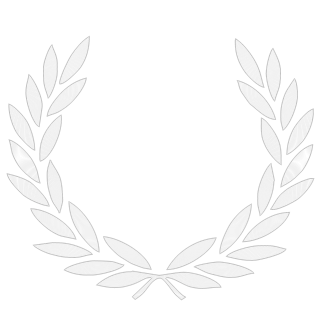| Comment: |
I.Did 261 is erected for the son of the olympionikes, with the same name. What is remarkable, is that Farrington note 583 writes that the man's victories must be dated to the mid or later first century BCE, but that the date 'AD 50 - 100 (?)', when the son was 'active', is found in his catalogue. However, there are no attestations of the son winning any athletic or musical competitions in this inscription. Also, the name in Farrington 2.12 is that of the son, not of the father. Did Farrington make a mistake here, being confused by the fact that the inscription is not erected for the athlete himself, but for his son? Moretti (1992) takes the son's name as proof of his Roman citizenship and pushes the victory's date to late first c. BC or the start of the 1st c. AD.
Moretti 1970 (Supplemento al catalogo degli Olympionikai, p. 300) suggests that the men came from Miletus. The creators of LGPN have adopted this assumption.
Thaliarchos won at least one victory in the periodos. The athlete is included in Farrington's Isthmionikai, as the Isthmia were reinstalled probably somewhere between 43-40 BCE.
|
